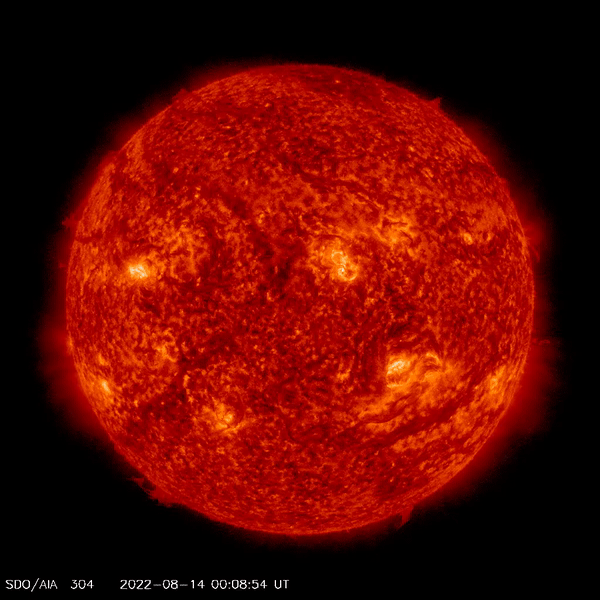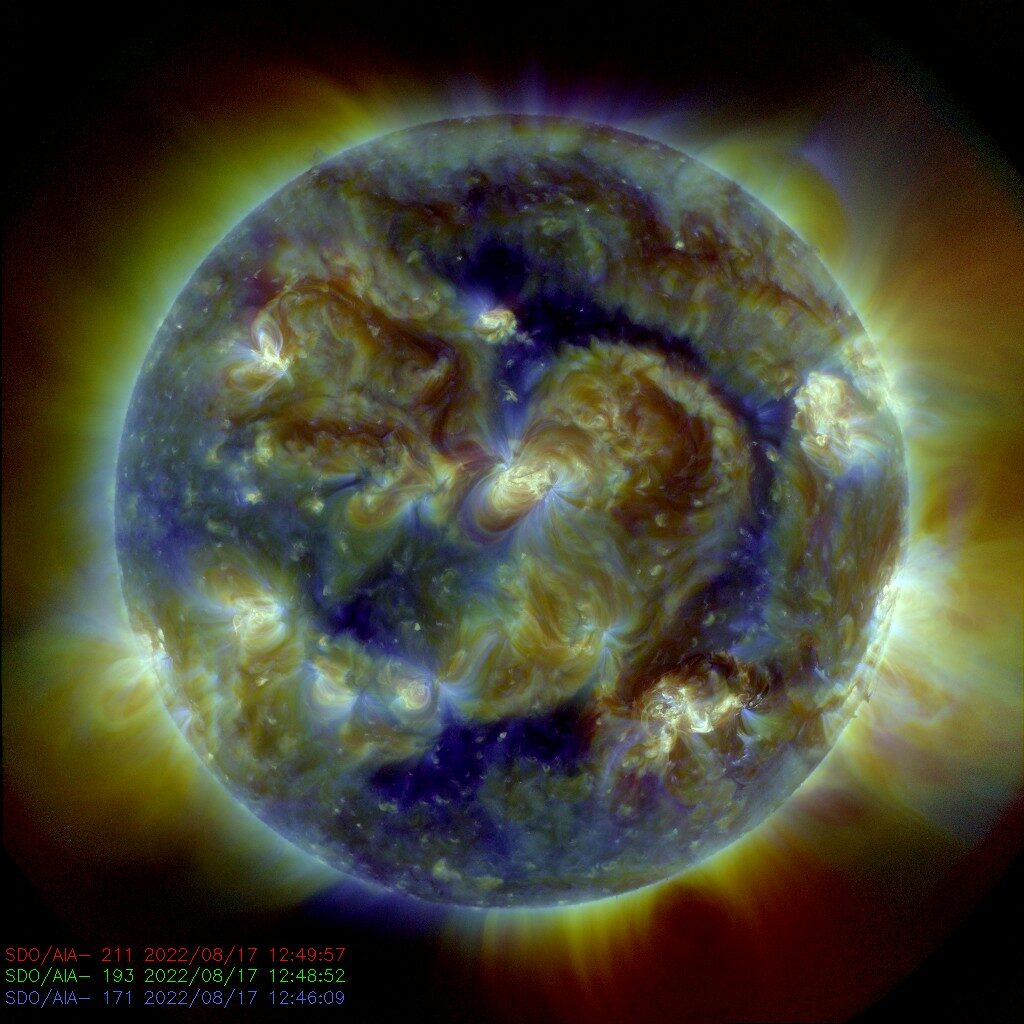A large coronal mass ejection (CME) – a release of plasma and magnetic radiation from the Sun into space – is set to hit earth from today, sending electrons from plasma toward the poles, causing visible plasma clouds, also known as an Aurora.
Auroras will be visible this week in certain parts of the northern hemisphere, including Canada and northern U.S states such as Iowa and Illinois.
Due to the intensity of the emission, American magazine Newsweek says that the aurora could be seen from New York, which means that there is a small chance that it could be seen in the north of the UK or even as far south as Madrid.
As the CME hits the Earth’s atmosphere, electrons collide with oxygen and nitrogen atoms in the earth’s atmosphere, exciting the atoms and causing them to glow, which make up the colours we see during an aurora. The world’s most famous aurora is the Northern Lights, which can be viewed near the Arctic and attract large amounts of tourists each year.

Footage of the sun captured by NASA's SDO satellite on the day of the CME. Credit: NASA/SDO/AIA
During geomagnetic storms, auroras can be seen further away from the poles than usual. This latest CME is caused by an emission first recorded by astronomers on 14 August in an area of the sun known as AR3076. According to space weather expert Dr. Tamtiha Skov, the radiation is set to hit earth in a “machine-gun fashion starting on 18 August.”
“Geomagnetic responses are likely to escalate to G3 (strong) conditions on 18 August due to the arrival at or near Earth of multiple coronal mass ejections that have departed the Sun since 14 August,” the U.S National Oceanic and Atmospheric Administration’s (NOAA) Space Weather Prediction Centre (SWPC) said on 17 August.
Auroras are best photographed with longer exposure times, which allow the camera to take in as much light from the emissions as possible, increasing the intensity of the visible colours.

